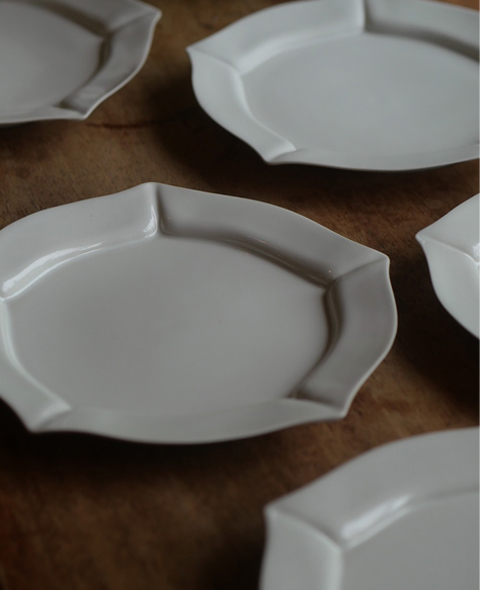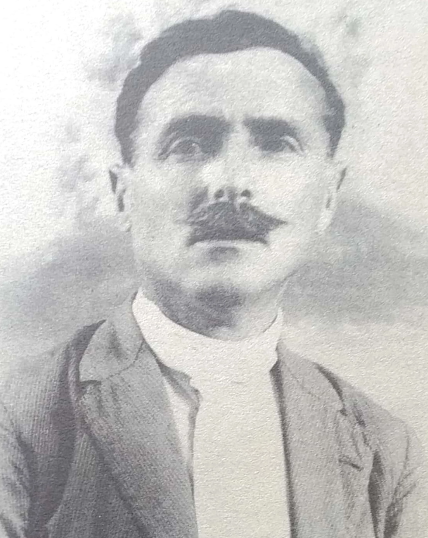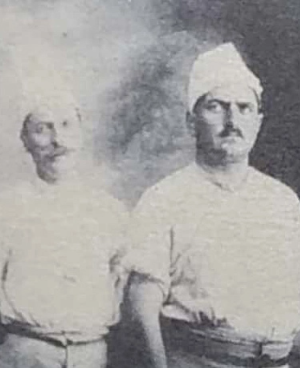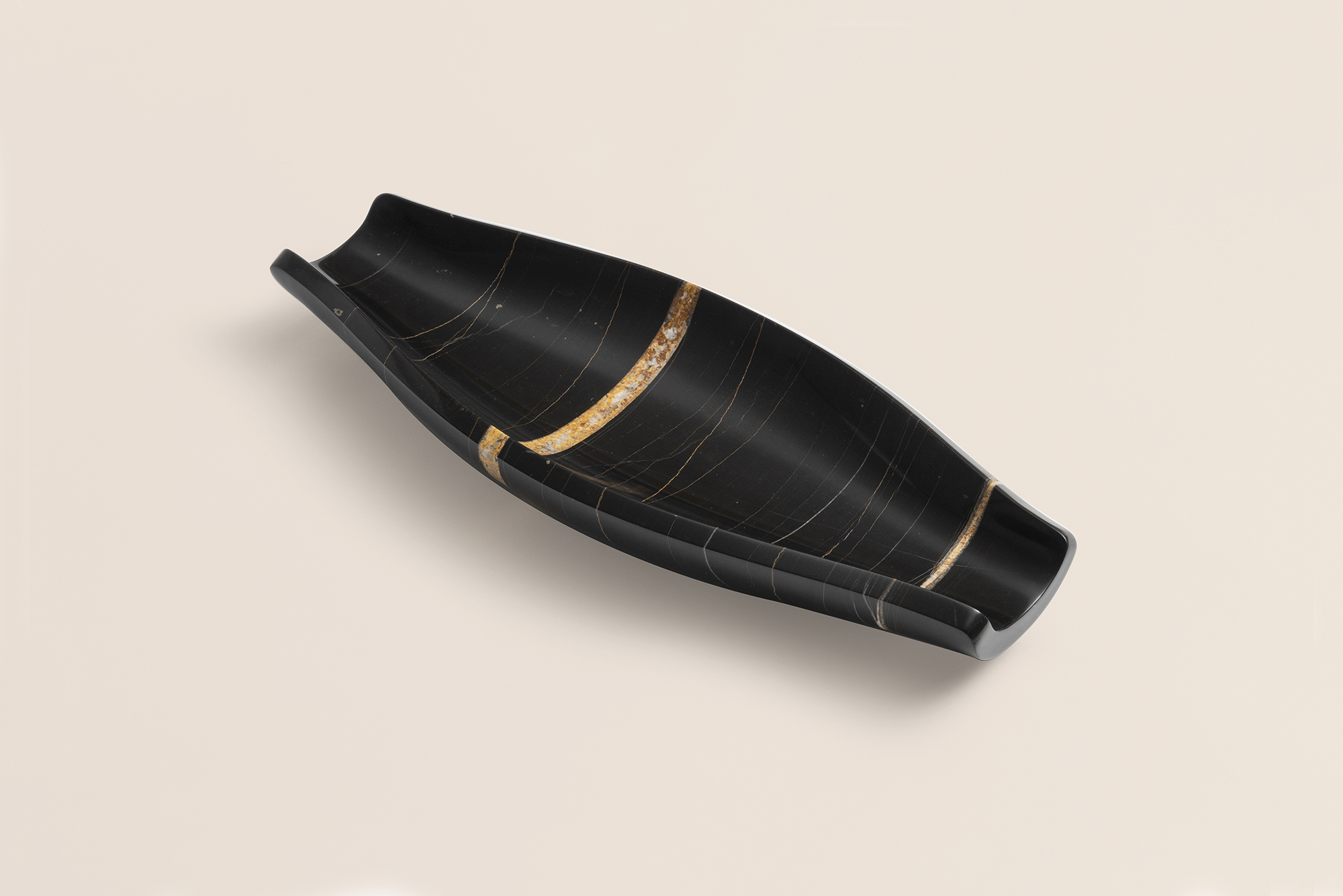LAVAGNOLI MARMI 150 years of family tradition

In the quarries nestled amid the Verona mountains, known as the renowned Urbs Marmorea, the ancestors of the Lavagnoli family dedicated themselves to the crafts of quarrying, stone carving, and skilled craftsmanship in modest workshops. It was in this rich heritage that Luigi Annichini, a forebear of the Lavagnoli lineage, honed his craft, meticulously handcrafting architectural elements like columns, balustrades, altars, and tombs since 1875. This venerable tradition transcended generations, reaching Alessandro Lavagnoli, Luigi’s grandson.
Alessandro’s journey began amidst the masterful workshops of artisan carvers and marble workers. His apprenticeship unfolded in the intricate art of carving and sculpting, leaving an indelible mark evident in the War Bulletin plaques gracing the Ponte della Vittoria bridge in Verona and countless sacred bas-reliefs and statues. In 1957, fueled by determination and supported by his wife Armanda Tosolini, Alessandro, a scion of the Lavagnoli family, embarked on his entrepreneurial venture.
Driven by pragmatism, Alessandro Lavagnoli opened his own business, navigating the challenges with resilience befitting his family legacy. Ever hungry for new experiences, skills, and innovations, Alessandro moved to the Friuli Venezia Giulia region in the early 1980s, perpetuating the legacy of craftsmanship forged in the quarries of Urbs Marmora.
Leonardo Alessandro Lavagnoli, son of Armanda Tosolini and a scion of the Lavagnoli family, embarked on his journey as a craftsman and entrepreneur, immersing himself in the classical techniques of handcrafting stones from an early age. Even in his childhood, he absorbed the intricacies of this art form. As he grew, Leonardo expanded his knowledge, delving into the study of various stones and their applications, embracing new technologies that emerged.
His career was marked by unwavering determination, a penchant for challenges, and a keen sensitivity to the influences of architecture and art. In the late 1990s, Leonardo took a pioneering step by introducing the first computer-controlled equipment and venturing into foreign markets. Seizing control of the company in 1997, he orchestrated a transformative journey, officially renaming it Lavagnoli Marmi S.r.l in 2001 and fostering the development of the Lavagnoli brand.
Since then, the company has undergone significant evolution, now offering highly sophisticated processes enabled by state-of-the-art equipment and a team of highly qualified and trained professionals. Leonardo’s vision has propelled Lavagnoli into a realm of cutting-edge capabilities and innovation within the industry.
LAVAGNOLI MARMI
150 years of family
tradition
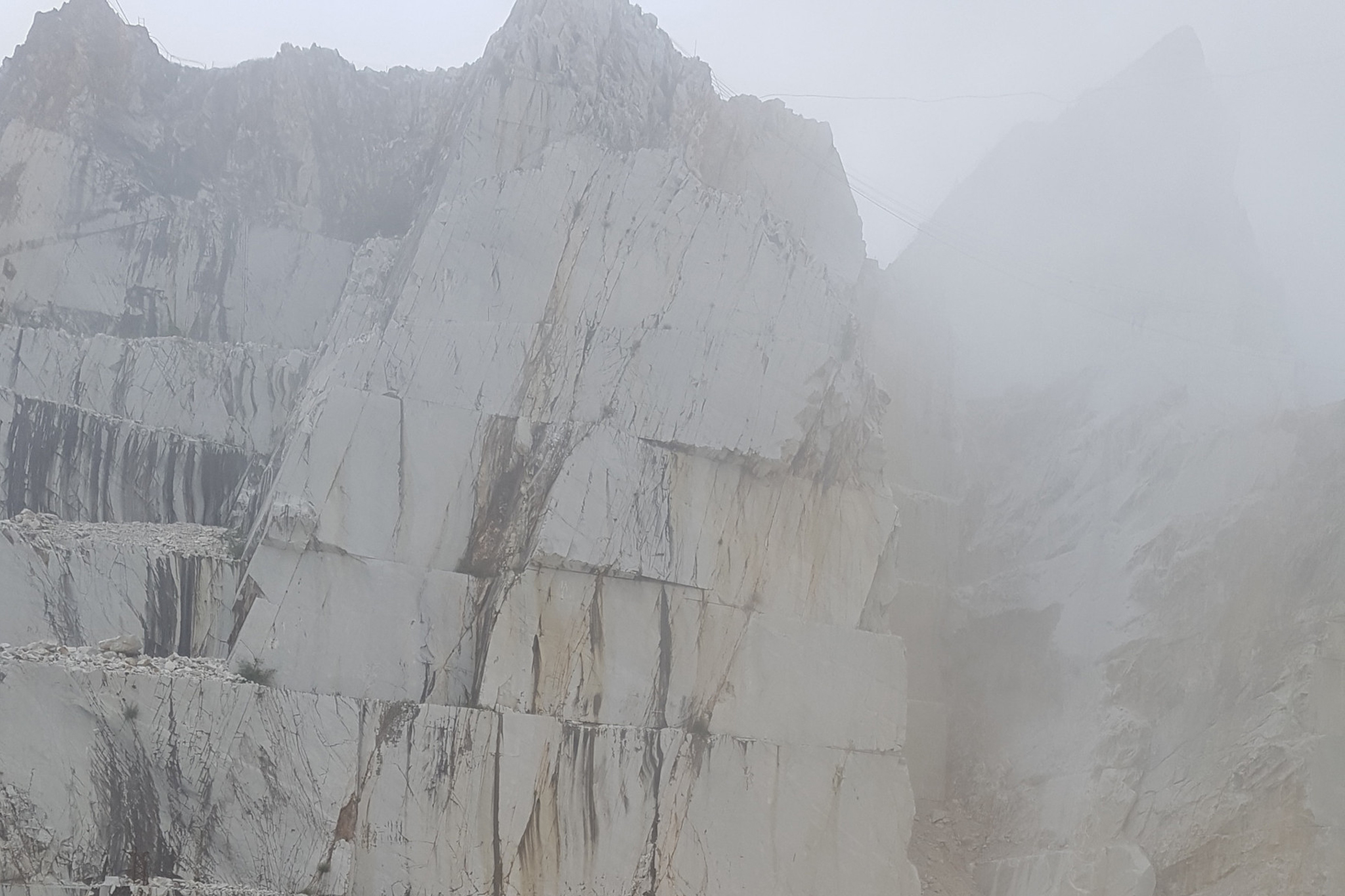
In the quarries nestled amid the Verona mountains, known as the renowned Urbs Marmorea, the ancestors of the Lavagnoli family dedicated themselves to the crafts of quarrying, stone carving, and skilled craftsmanship in modest workshops. It was in this rich heritage that Luigi Annichini, a forebear of the Lavagnoli lineage, honed his craft, meticulously handcrafting architectural elements like columns, balustrades, altars, and tombs since 1875. This venerable tradition transcended generations, reaching Alessandro Lavagnoli, Luigi’s grandson.
Alessandro’s journey began amidst the masterful workshops of artisan carvers and marble workers. His apprenticeship unfolded in the intricate art of carving and sculpting, leaving an indelible mark evident in the War Bulletin plaques gracing the Ponte della Vittoria bridge in Verona and countless sacred bas-reliefs and statues. In 1957, fueled by determination and supported by his wife Armanda Tosolini, Alessandro, a scion of the Lavagnoli family, embarked on his entrepreneurial venture.
Driven by pragmatism, Alessandro Lavagnoli opened his own business, navigating the challenges with resilience befitting his family legacy. Ever hungry for new experiences, skills, and innovations, Alessandro moved to the Friuli Venezia Giulia region in the early 1980s, perpetuating the legacy of craftsmanship forged in the quarries of Urbs Marmora.
Leonardo Alessandro Lavagnoli, son of Armanda Tosolini and a scion of the Lavagnoli family, embarked on his journey as a craftsman and entrepreneur, immersing himself in the classical techniques of handcrafting stones from an early age. Even in his childhood, he absorbed the intricacies of this art form. As he grew, Leonardo expanded his knowledge, delving into the study of various stones and their applications, embracing new technologies that emerged.
His career was marked by unwavering determination, a penchant for challenges, and a keen sensitivity to the influences of architecture and art. In the late 1990s, Leonardo took a pioneering step by introducing the first computer-controlled equipment and venturing into foreign markets. Seizing control of the company in 1997, he orchestrated a transformative journey, officially renaming it Lavagnoli Marmi S.r.l in 2001 and fostering the development of the Lavagnoli brand.
Since then, the company has undergone significant evolution, now offering highly sophisticated processes enabled by state-of-the-art equipment and a team of highly qualified and trained professionals. Leonardo’s vision has propelled Lavagnoli into a realm of cutting-edge capabilities and innovation within the industry.
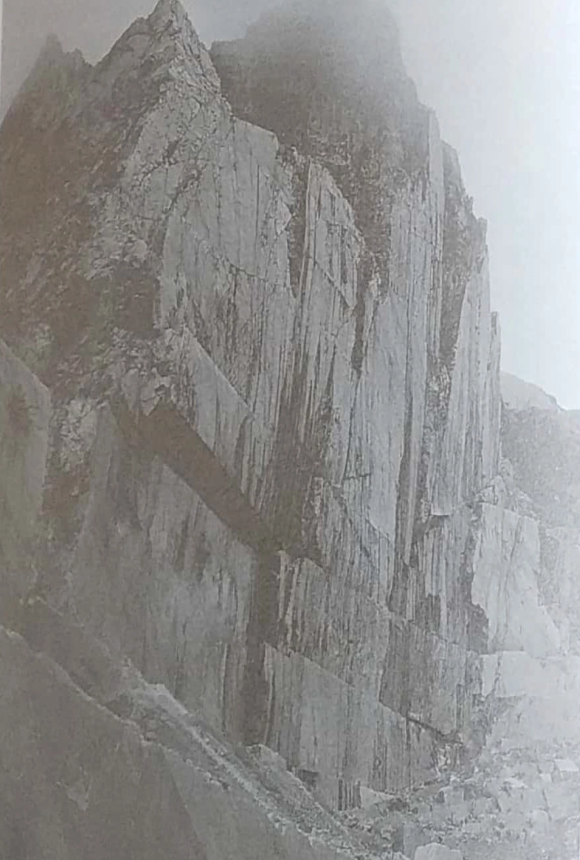



Inventiveness, practicality
passion and sensitivity
for beauty, are all
Lavagnoli's hallmarks.
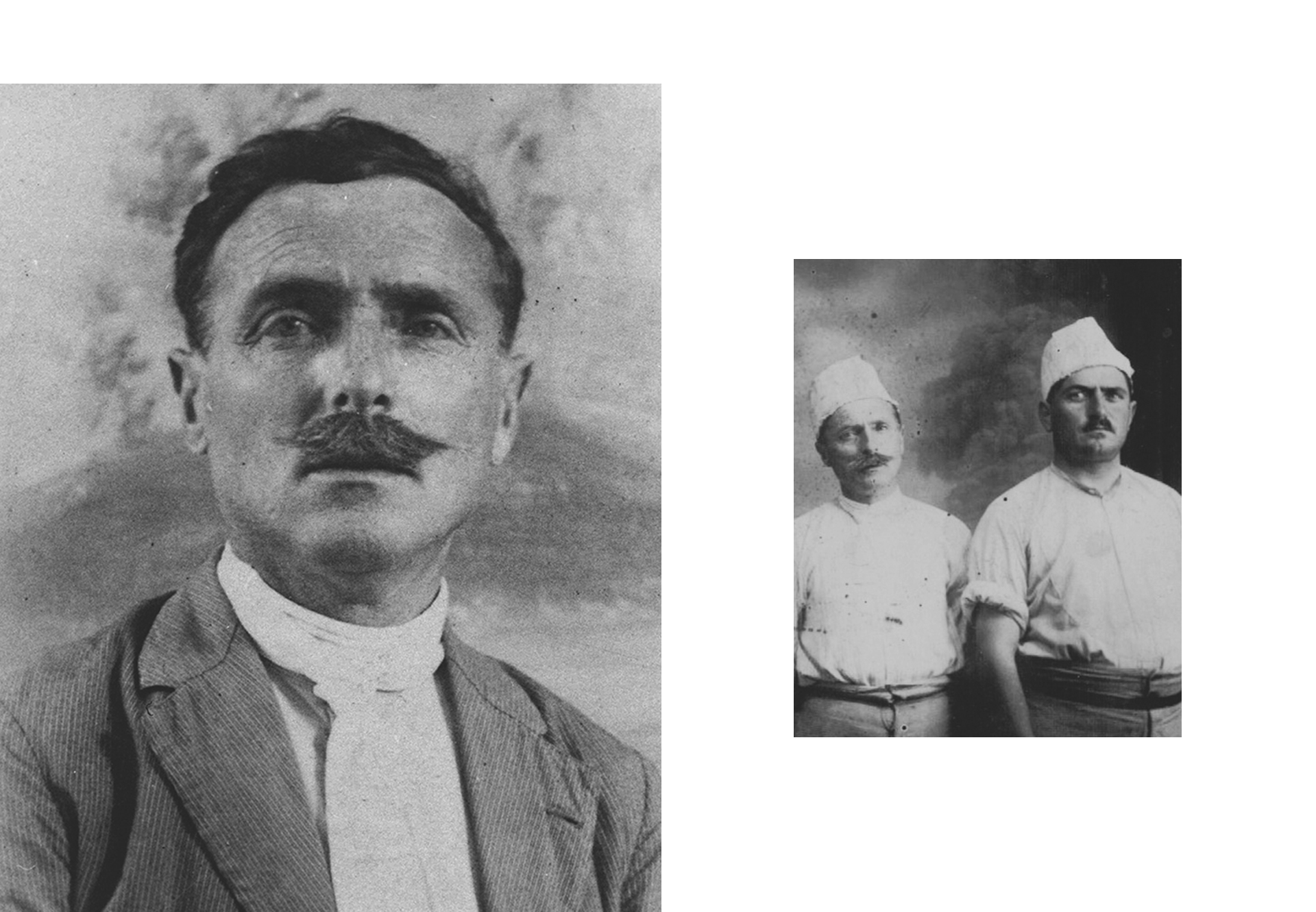
BETWEEN TRADITION & TECHNOLOGY
Working with natural stones from Italy and abroad, Lavagnoli combines traditional skills and cutting-edge technologies, employing CNC equipment for highly specialized processes. The Lavagnoli team finds tailored solutions through precise calibration of cutting, turning, milling, and polishing, often incorporating ingenious approaches.
BETWEEN TRADITION & TECHNOLOGY
Working with natural stones from Italy and abroad, Lavagnoli combines traditional skills and cutting-edge technologies, employing CNC equipment for highly specialized processes. The Lavagnoli team finds tailored solutions through precise calibration of cutting, turning, milling, and polishing, often incorporating ingenious approaches.
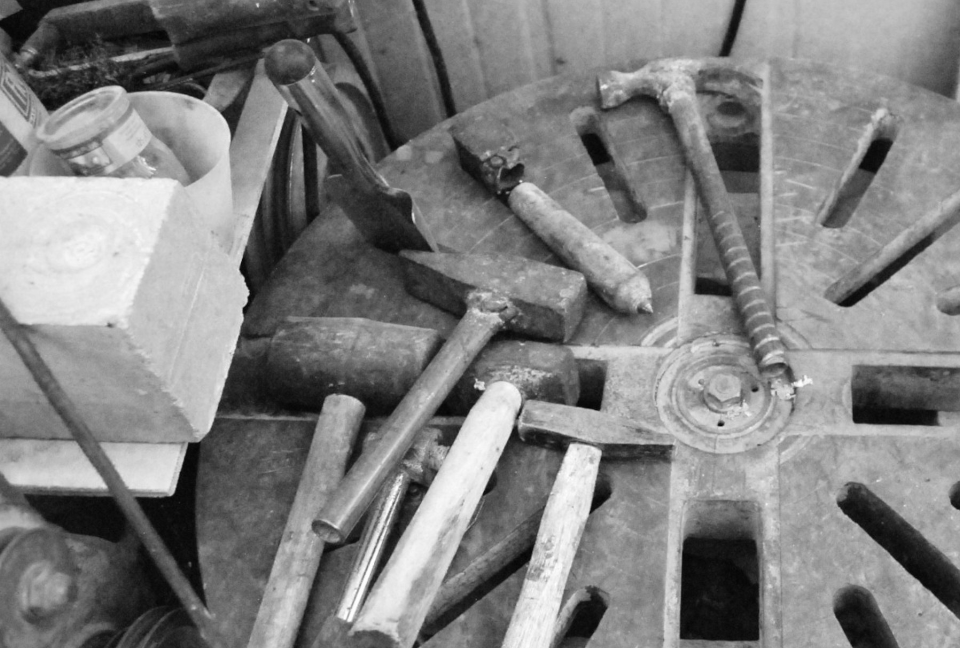
Lavagnoli Marmi maintains an unbroken relationship between craftsmanship and industrialization. Ambitious projects challenge the team to optimize results by harmonizing technology and sensitivity. The emphasis lies less on equipment and more on technical know-how and ingenuity. Lavagnoli allocates dedicated time for projects that continually push the boundaries of what can be achieved with natural stone.
Lavagnoli Marmi maintain an unbroken relationship between craftsmanship and industrialisation. Ambitious projects challenge us to optimise results in which technology and sensitivity come together. They depend less on equipment and more on technical know-how and ingenuity. We set aside time for projects that continue to push the boundaries of what can be done with natural stone.
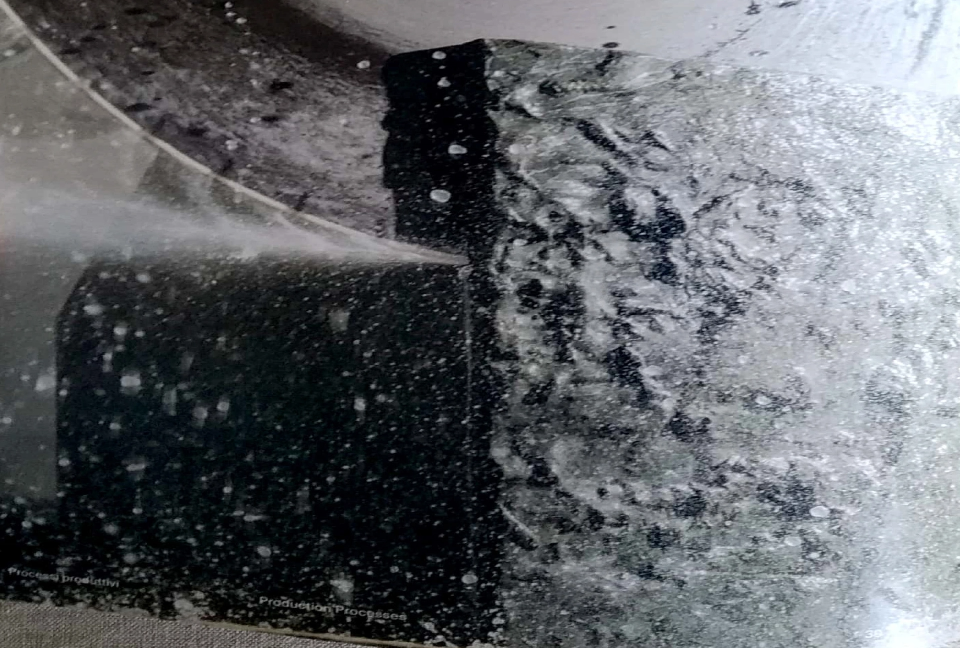
The FLOAT Tray, inspired by calligraphy strokes, is a Sahara Noir marble centrepiece. Lavagnoli Marmi combines technology and traditional craftsmanship, using CNC equipment and hand polishing.
Our designs are handcrafted using the highest quality materials with naturally occurring variations making each piece unique.
SHOP
FLOAT
The FLOAT Tray, inspired by calligraphy strokes, is a Sahara Noir marble centrepiece. Lavagnoli Marmi combines technology and traditional craftsmanship, using CNC equipment and hand polishing.
Our designs are handcrafted using the highest quality materials with
naturally occurring variations making each piece unique.
